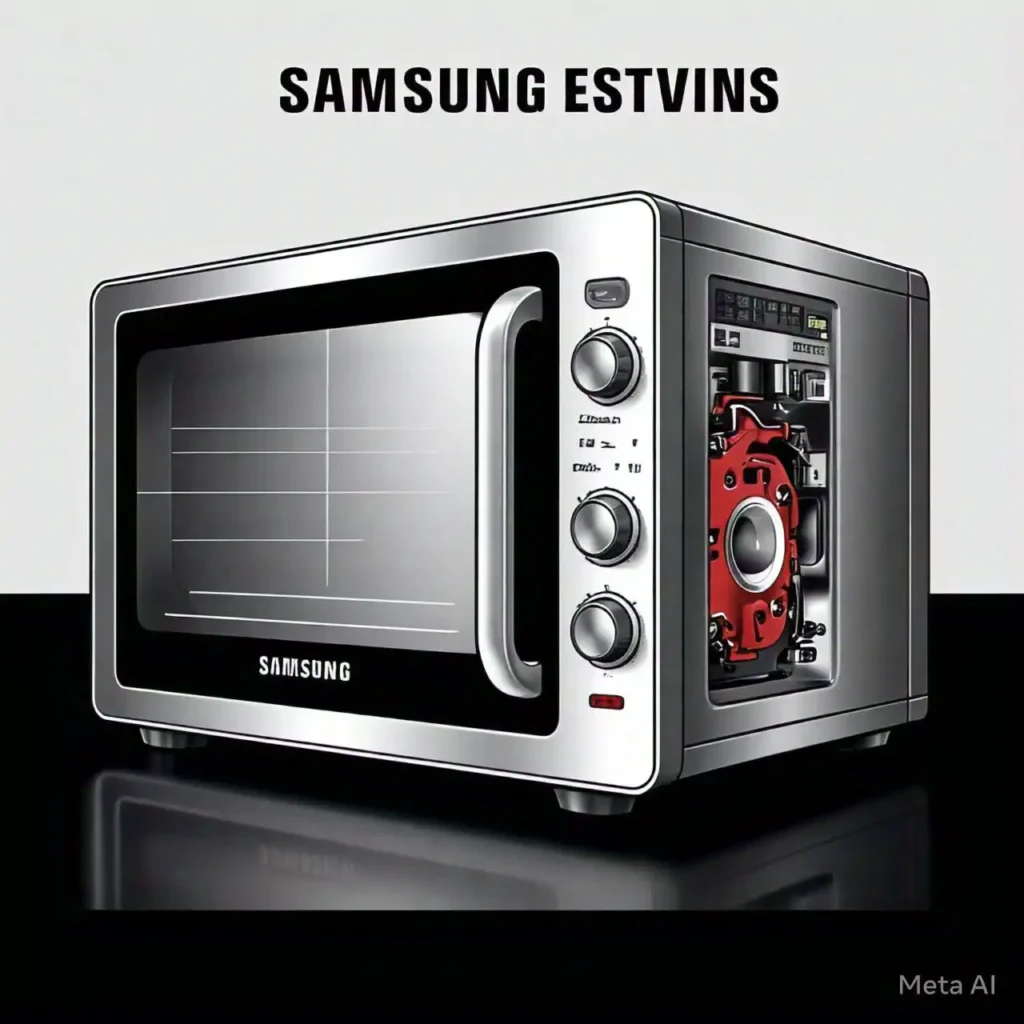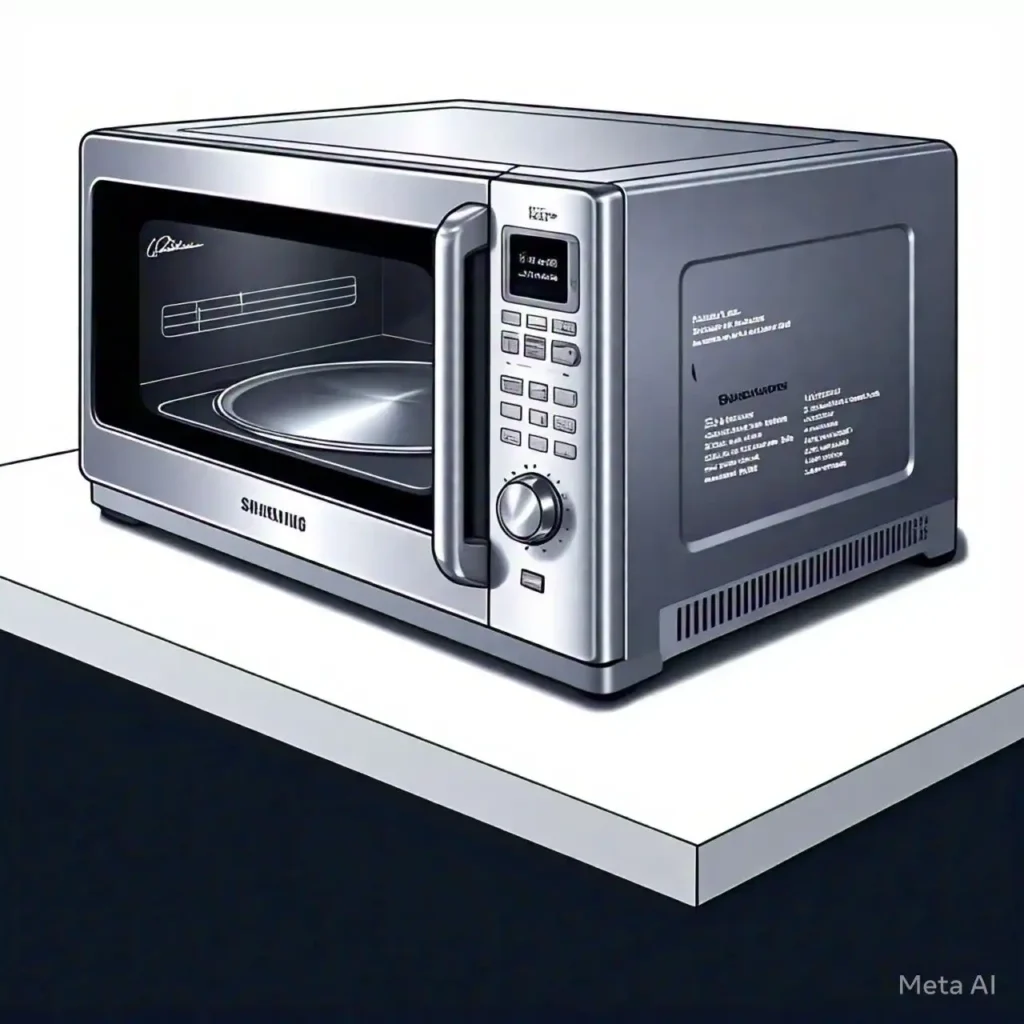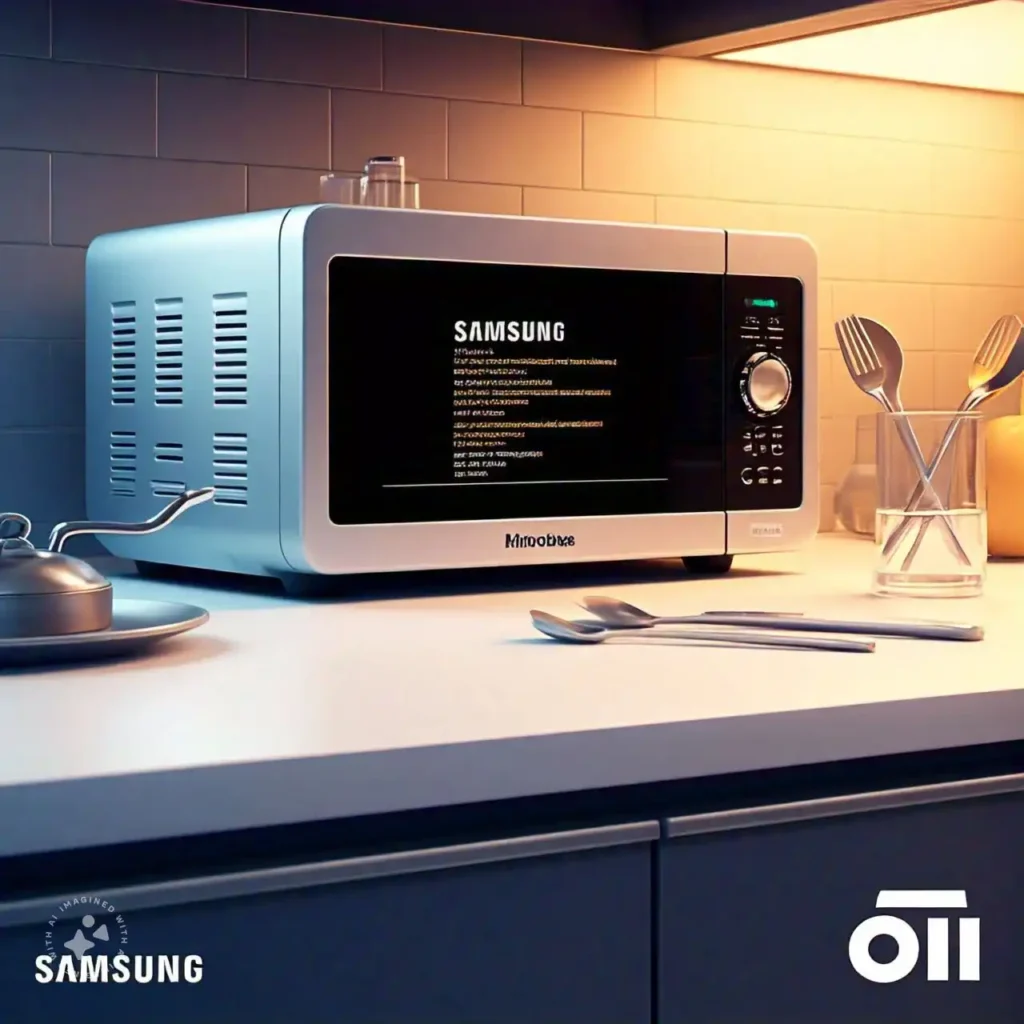Reheating food in the microwave is a convenient way to enjoy leftovers, but it can often lead to uneven heating and dry textures. Understanding the best practices for microwave reheating can make all the difference in preserving the flavor and quality of your meals. In this comprehensive guide, we will explore effective methods, tips, and tricks for getting the most out of your microwave when reheating various types of food.
Article Summary
This article delves into the best approaches for reheating food in the microwave, ensuring that your leftovers retain their taste and texture. We will cover essential techniques such as using appropriate containers, reheating times for different food types, and tips to avoid drying out your meals. Key points include the importance of moisture retention, optimal reheating intervals, and how to use steam effectively. By following these guidelines, you can enjoy delicious and safe reheated meals every time.
Understanding Microwave Reheating
Microwaves work by emitting electromagnetic waves that cause water molecules in food to vibrate, generating heat. However, this process can lead to uneven heating if not done correctly. Here are some key concepts to keep in mind:
– Moisture Retention: Keeping moisture in your food is crucial for preventing dryness. Using a microwave-safe lid or covering your food with a damp paper towel can help trap steam.
– Heating Power: Many microwaves have different power settings. Using lower power for longer periods often results in more even heating.
– Container Choice: The type of container you use can significantly impact how well your food reheats. Opt for microwave-safe glass or ceramic containers with lids.
Best Practices for Reheating Different Foods
1. General Guidelines
– Reheat in Intervals: Instead of microwaving your food for an extended period, heat it in short intervals (30 seconds to 1 minute). This allows you to check the temperature and stir if necessary, ensuring even heating.
– Use a Microwave Reheating Chart: Familiarize yourself with a microwave reheating chart that provides specific times for various foods. This helps you gauge how long to reheat without overcooking.
2. Reheating Vegetables
Vegetables can easily become mushy if overheated. Here’s how to do it right:
– Preparation: Cut vegetables into uniform pieces and place them in a single layer in a microwave-safe dish.
– Covering: Use a lid or damp paper towel to cover the dish, trapping steam while allowing some ventilation.
– Timing: Microwave on high for 1-2 minutes, stirring halfway through.
3. Reheating Proteins
When reheating proteins like chicken or beef, moisture is key:
– Add Moisture: If your protein appears dry, add a splash of broth or water before microwaving.
– Covering: Use a lid or wrap the dish with microwave-safe plastic wrap.
– Timing: Heat in 30-second intervals until heated through; check the internal temperature should reach at least 165°F (74°C) to kill bacteria.
4. Reheating Grains
Grains like rice or quinoa can dry out quickly:
– Moisture Addition: Add a tablespoon of water or broth per cup of grains before microwaving.
– Covering: Use a lid that allows steam to escape.
– Timing: Heat for 1-2 minutes, stirring every 30 seconds until warmed through.
Common FAQs About Microwave Reheating
Is heating food in the microwave harmful?
Heating food in the microwave is generally safe when done correctly. However, using non-microwave-safe containers can release harmful chemicals into your food. Always ensure your containers are labeled as microwave-safe.
How long should I reheat food in the microwave to kill bacteria?
To effectively kill bacteria, food should be heated to an internal temperature of at least 165°F (74°C). Using a food thermometer can help ensure safety.
How do I reheat food without drying it out?
To prevent drying out food while reheating:
– Cover it with a lid or damp paper towel.
– Add moisture if necessary.
– Use lower power settings and heat in intervals.
Tips for Perfectly Reheated Meals
1. Stir Frequently: Stirring helps distribute heat evenly and prevents hot spots.
2. Use Appropriate Containers: Glass or ceramic containers are better than plastic ones as they retain heat more effectively.
3. Avoid Overcrowding: Spread food out evenly on the plate instead of stacking it high; this promotes even heating.
4. Let It Rest: After microwaving, let your food sit for a minute before eating; this allows heat to distribute evenly throughout.
Conclusion
Reheating food in the microwave doesn’t have to be a daunting task. By following these simple guidelines and tips, you can ensure that your meals are not only safe but also deliciously enjoyable. Remember to focus on moisture retention, use appropriate containers, and heat in intervals for best results.
If you found this guide helpful, share it with friends or leave a comment below! For more cooking tips and tricks, check out our other articles.



